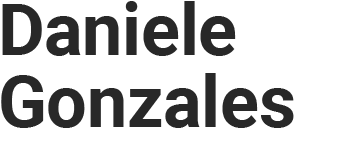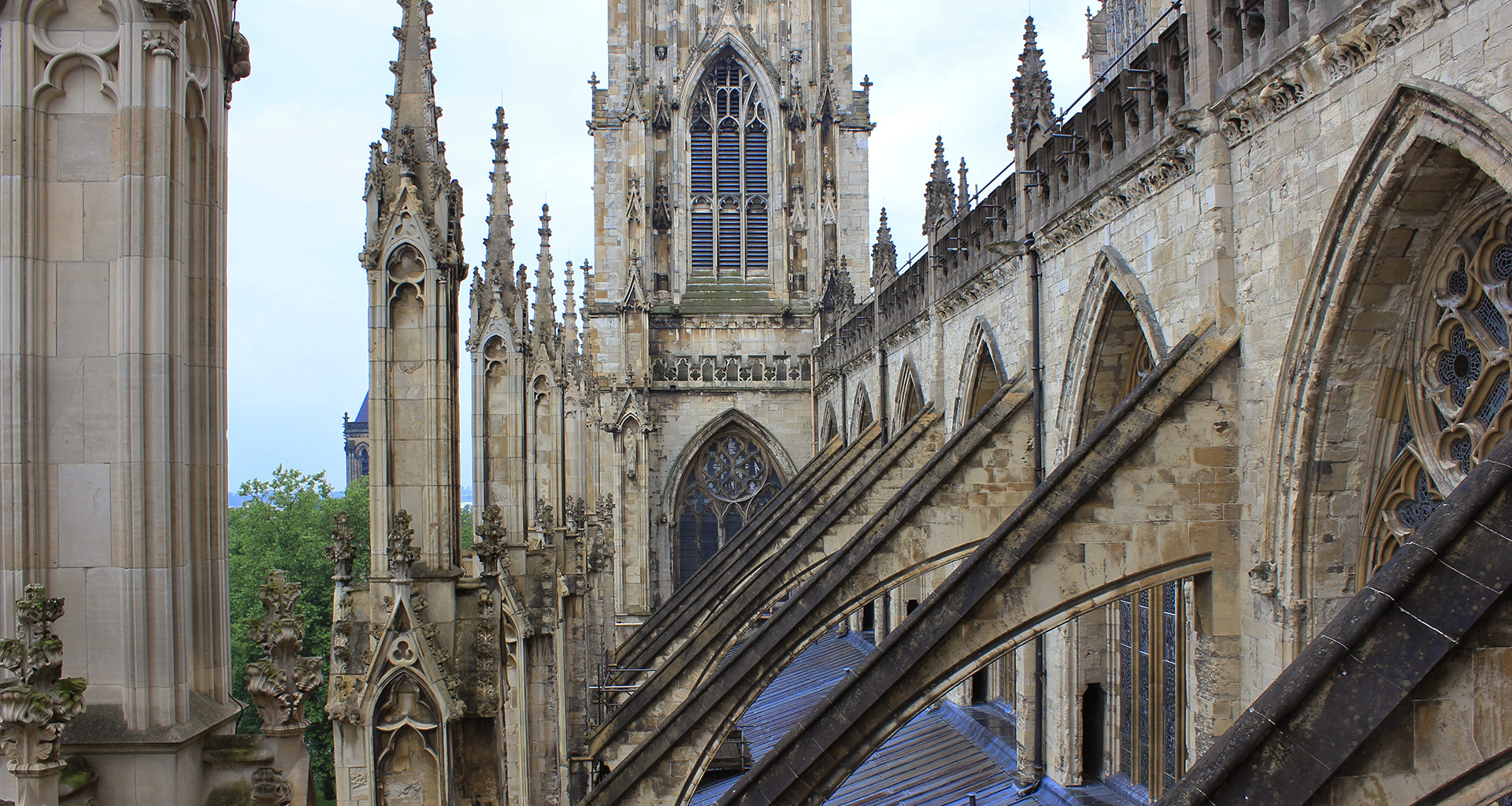I remember when man landed on the moon. I was just a little kid in Italy — electrified by the sheer genius of the idea and of what it took to get there. Parked in front of the TV, eyes as wide as saucers, it didn’t matter that it was in the middle of the night — we’d sent a man to walk on the moon! Actually, TWO men.
So why do it? Were we out there to find new sources of energy? Establish a new outpost for the human race? Discover Martians? Immortality?
No, we did it just because we were able to dream it up — and dream it up big.
Ray Bradbury called space travel “our modern version of cathedral building: a vast, ambitious, multigenerational undertaking, a shared vision to work toward together as a culture”.
Design, like space travel, is creativity with purpose. Look to the Bauhaus movement — this merging of art and industry created the most electrifying 14 years in modern design.
Today, design can leverage movements, gestures, and interactions, as well as adapt to the needs of the people who use it and play with time. Yet where is the vision when confined to a bunch of multicolored Post It Notes — hundreds of them — stuck to a wall?
I see a newer culture preach the benefits of “the iterative process” and “incremental results”. Yet for me — and this may be an overgeneralization — it seems that as we move forward with small steps, we do so without considering the whole canvas.
Nor do we plan for a specific direction — and there’s that vision thing again — leaving very little room for creativity and imagination.
So at which point in the iterative process do we stop and dream about the shape of our new cathedral? At which point in the process do we decide that, instead of the traditional elements, we reach for something revolutionary — rib vaults and pointed arches — to make our new cathedral higher, stronger, and filled with light.
To quote Todd Olson, “…iteration is a great design tool. Design processes can benefit enormously from putting a concept, prototype, beta, or early version of a product in the hands of users, obtaining feedback, and adjusting the product to improve the user experience. This kind of feedback loop is helpful at every stage of the design process. But — to mistake the design tool of iteration for design itself is a grave error.” Iteration just can’t be the answer.
While I understand certain disciplines tend to train the conscious part of their brain, the biggest secret to creativity lies with the subconscious. There must be some room in the process for creativity so that teams don’t venture off to create “lipstick on the pig” scenarios.
It’s important to understand that iteration — because of its unique nature — cannot innovate. Sure, iteration is great for identifying problems with your design, but it can’t tell you how to fix the problems.
Yet designers can because they see the world differently. They catch things other people miss — they analyze variances between different typefaces, how a certain photography style can help to better convey the story, as well as color combinations related to flows, and information.
While UX teams bring a fantastic structure and regimented processes, designers feel just fine without any “apparent” framework.
I wonder if the secret to bridging these disciplines lies within a spirited dialogue between the communities. Together, I hope we can move away from things like the Unified Theory of Everything or whatever the latest label is and get back to solving for the grand vision.


